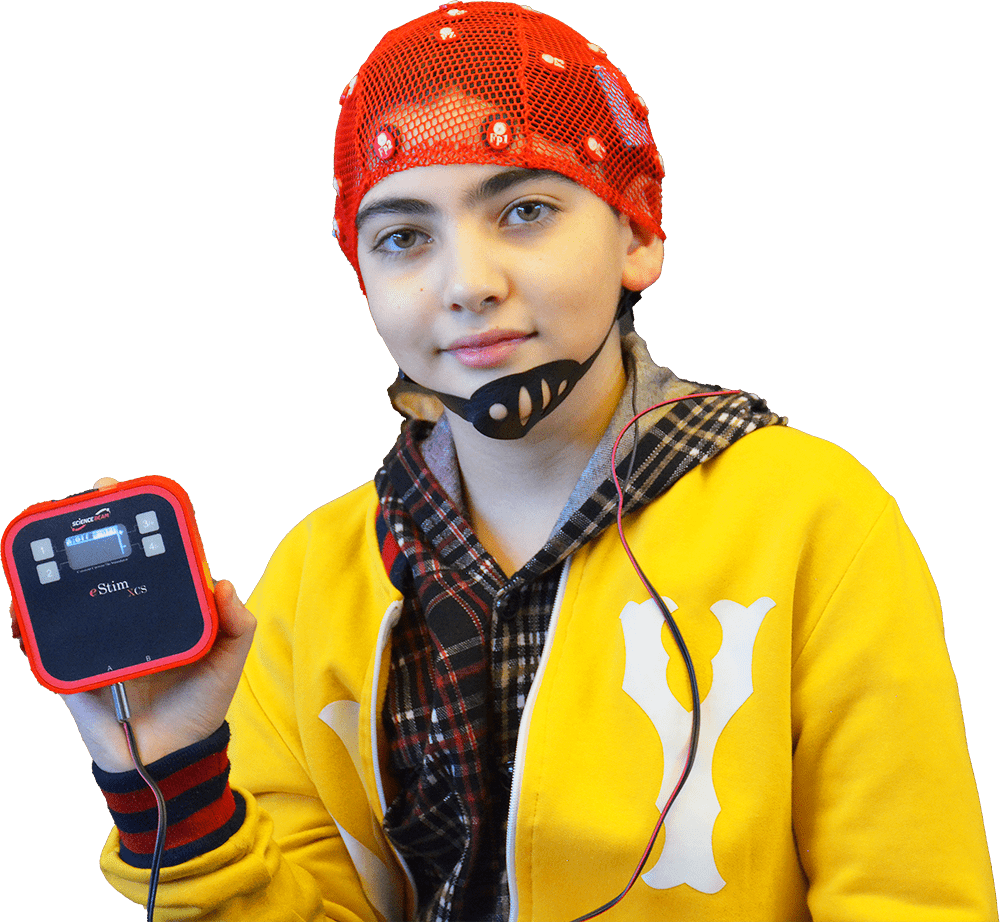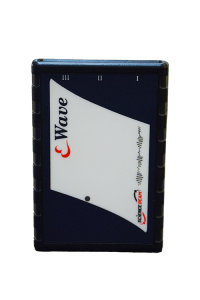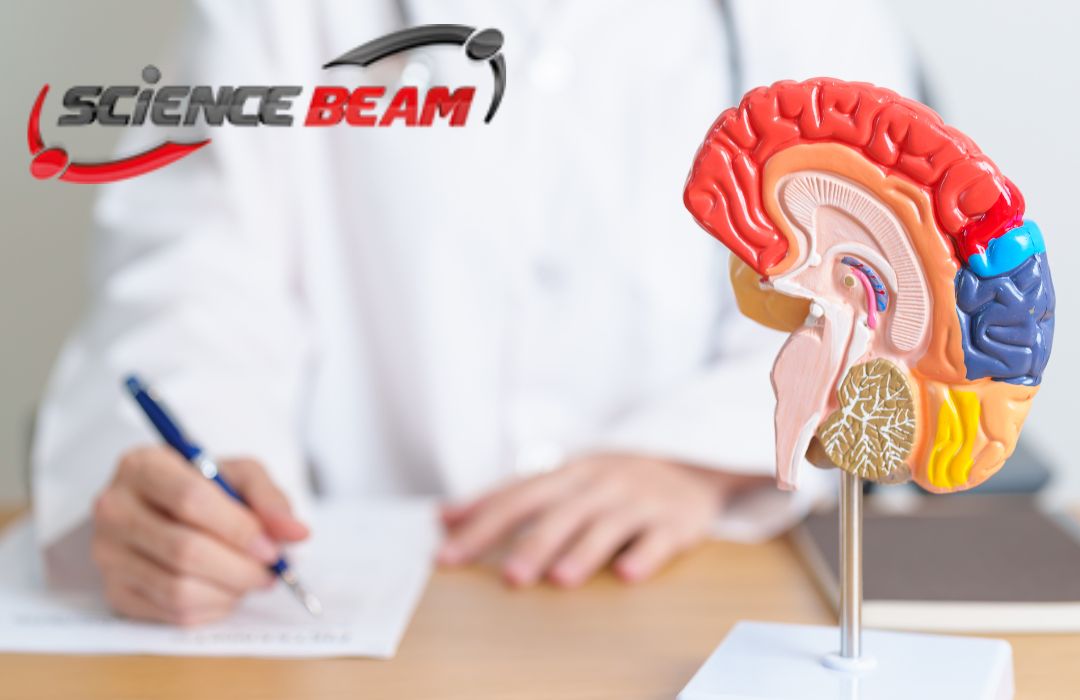EEG 64/128 channel
Electrophysiology systems
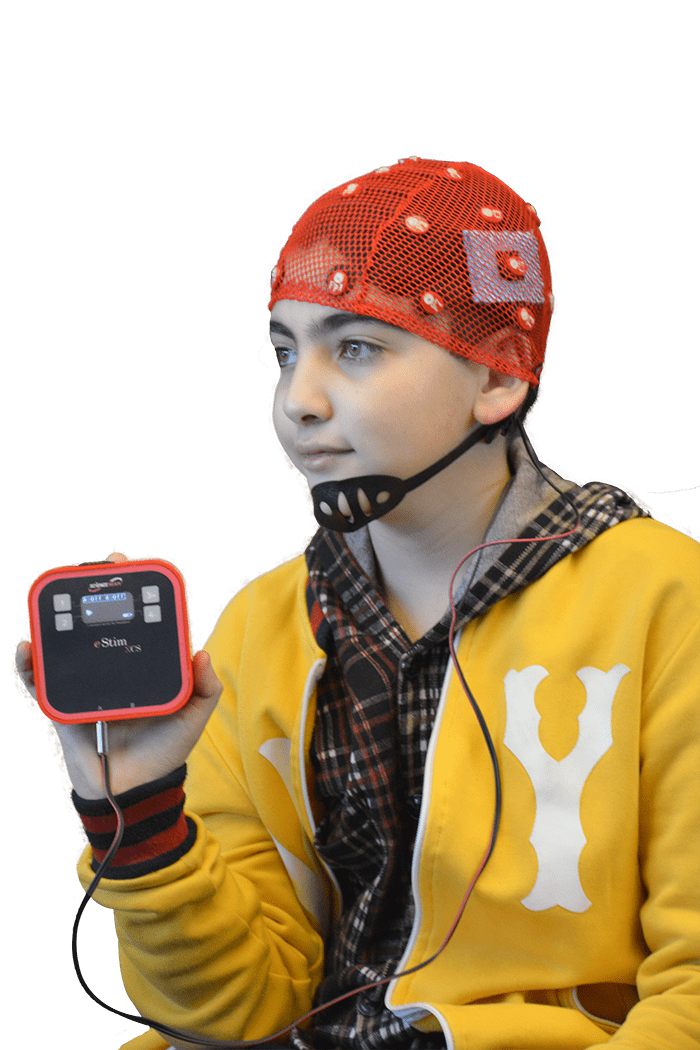
Device specifications
Size: 120 (L) × 120 (W) × 41 (H)
Weight: 318 gr
Supply: 5V DC, Lithium battery
Bandwidth: 200 Hz
Noise level: less than 0.5 μνrms
Amplifier type: DC, differential
Input impedance: 109 Ω
Safety class: ǁ
Standards: IEC, CE, ISO13485, ISO9001
what is about of 64 channel eeg ?
An EEG (electroencephalogram) with 64 channels refers to a type of brain activity monitoring system that utilizes 64 electrodes or sensors placed on the scalp to record electrical activity generated by the brain. Each channel corresponds to one electrode, and the 64 channels allow for a more detailed and comprehensive assessment of brain function compared to systems with fewer channels.
In EEG, the electrical signals produced by neurons in the brain are measured to analyze brain activity. The placement of electrodes across the scalp allows for the recording of electrical potentials and the creation of a map of brain activity. A higher number of channels generally provides more spatial resolution, enabling a more precise localization of brain activity.
The use of a 64-channel EEG system is common in research settings, clinical environments, and sometimes in advanced neurodiagnostics. It allows for detailed investigations into various aspects of brain function, such as identifying specific brain wave patterns, assessing connectivity between different brain regions, and localizing the source of abnormal electrical activity in cases of epilepsy or other neurological disorders.
The 64-channel EEG provides a more comprehensive and detailed view of brain activity compared to systems with fewer channels, making it valuable for applications where a high level of precision is required in understanding the brain’s electrical patterns and dynamics.
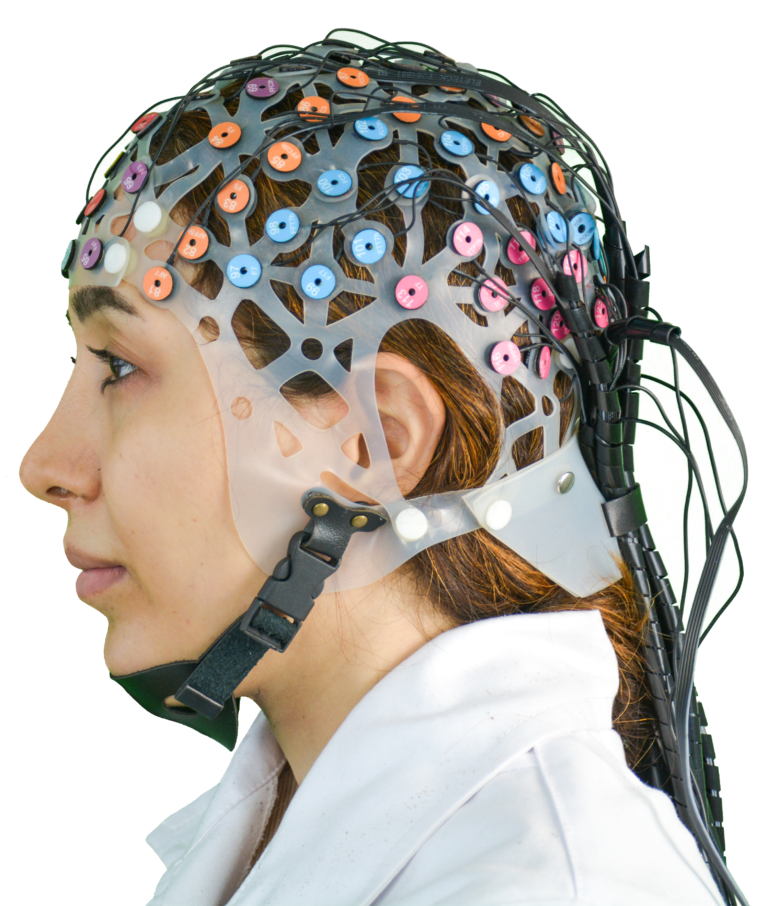
Applications of the 64-channel EEG device
A 64-channel EEG device has a wide range of applications across various fields due to its ability to provide detailed and high-resolution information about brain activity. Some common applications include:
Clinical Neurology:
- Epilepsy Monitoring: 64-channel EEG is valuable in the diagnosis and monitoring of epilepsy. It allows for precise localization of the source of abnormal electrical activity in the brain.
- Stroke and Brain Injury Assessment: Monitoring brain activity in patients with stroke or traumatic brain injuries to assess the extent of damage and aid in rehabilitation.
Neurological Disorders:
- Movement Disorders: Studying brain activity patterns in conditions such as Parkinson’s disease or Huntington’s disease.
- Neurodegenerative Diseases: Monitoring changes in brain activity associated with diseases like Alzheimer’s or other forms of dementia.
Research:
- Cognitive Neuroscience: Investigating brain processes related to memory, attention, language, and other cognitive functions.
- Brain Mapping: Mapping the functional connectivity of different brain regions during various tasks or states.
Psychiatry:
- Psychiatric Disorders: Studying brain activity patterns in conditions such as schizophrenia, depression, anxiety, and bipolar disorder.
- Treatment Response: Monitoring changes in brain activity in response to psychiatric treatments.
Brain-Computer Interface (BCI):
- Neurofeedback: Using real-time EEG data to provide feedback for individuals to learn how to self-regulate their brain activity.
- Control of External Devices: Developing interfaces that allow individuals to control devices using their brain signals.
Sleep Research:
- Sleep Disorders: Monitoring brain activity during sleep to diagnose and study sleep disorders such as insomnia, sleep apnea, and parasomnias.
Pre-surgical Planning:
- Functional Brain Mapping: Before certain brain surgeries, mapping the functional areas of the brain to avoid damage to critical regions.
Human-Computer Interaction:
- User Experience Research: Assessing cognitive load and mental workload during human-computer interaction studies.
Sports Science:
- Concussion Assessment: Monitoring brain activity to assess the impact of concussions in athletes.
The 64-channel EEG system’s higher spatial resolution and ability to capture more detailed information make it a valuable tool in both clinical and research settings, contributing to a better understanding of brain function and aiding in the diagnosis and treatment of various neurological and psychiatric conditions.
Diseases of the 64-channel EEG device
A 64-channel EEG device can be used in the diagnosis, monitoring, and research of various neurological and psychiatric disorders. Here are some specific diseases and conditions where a 64-channel EEG can be particularly useful:
Epilepsy:
- Localization of Seizure Focus: The high spatial resolution of a 64-channel EEG helps in pinpointing the specific brain regions responsible for seizure activity.
- Epilepsy Monitoring: Continuous monitoring to record and analyze seizure patterns for diagnosis and treatment planning.
Neurodegenerative Diseases:
- Alzheimer’s Disease: Studying changes in brain activity patterns associated with cognitive decline.
- Parkinson’s Disease: Assessing the impact of the disease on brain function and studying motor-related brain activity.
Psychiatric Disorders:
- Schizophrenia: Examining abnormal brain activity patterns associated with hallucinations, delusions, and cognitive dysfunction.
- Depression and Anxiety Disorders: Investigating changes in brain activity related to mood and emotional regulation.
Traumatic Brain Injury (TBI):
- Assessment of Brain Function: Monitoring and assessing the impact of head injuries on brain function.
Stroke:
- Ischemic Stroke: Studying the effects of stroke on brain activity in affected regions.
- Hemorrhagic Stroke: Monitoring changes in brain activity associated with bleeding in the brain.
Sleep Disorders:
- Insomnia: Studying sleep architecture and identifying abnormal patterns associated with insomnia.
- Sleep Apnea: Monitoring brain activity during sleep to assess the impact of breathing disturbances.
Brain Tumors:
- Pre-surgical Mapping: Identifying eloquent brain regions to avoid during surgery.
- Monitoring Changes: Tracking changes in brain activity associated with tumor growth.
Movement Disorders:
- Huntington’s Disease: Examining abnormal brain activity patterns associated with motor dysfunction.
- Dystonia: Assessing changes in brain activity related to involuntary muscle contractions.
Neuropsychiatric Disorders:
- Bipolar Disorder: Studying mood-related changes in brain activity.
- Obsessive-Compulsive Disorder (OCD): Investigating patterns associated with obsessive thoughts and compulsive behaviors.
Cerebral Palsy:
- Functional Assessment: Monitoring brain activity to assess motor and cognitive function in individuals with cerebral palsy.
Autoimmune Encephalitis:
- Identification of Abnormal Patterns: Detecting patterns of abnormal brain activity associated with autoimmune inflammation of the brain.
The high number of channels in a 64-channel EEG allows for more detailed mapping of brain activity, which is particularly valuable in understanding the spatial distribution of abnormal electrical patterns associated with various neurological and psychiatric disorders. This information can aid in accurate diagnosis, treatment planning, and research efforts aimed at better understanding these conditions.
